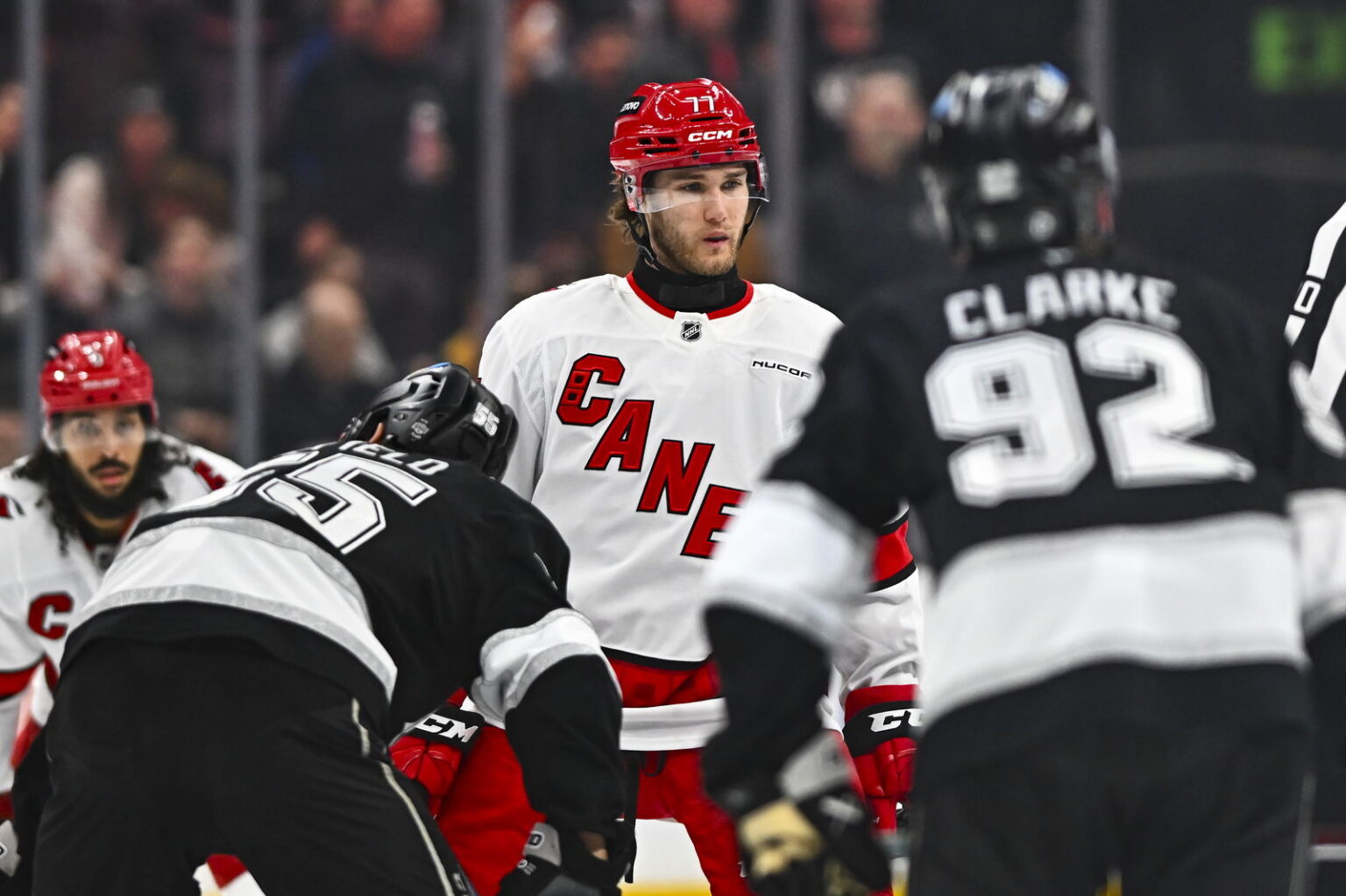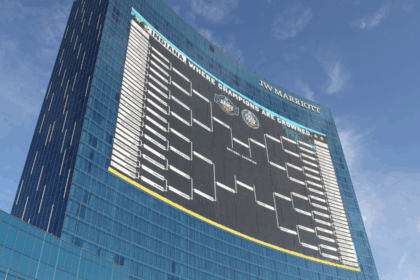The Los Angeles Kings, known historically for their steadfast veterans and Stanley Cup successes embodied by players like Anze Kopitar, Drew Doughty, Dustin Brown, and Jonathan Quick, are undergoing a quiet but fundamental transformation. While some of the grit and defensive toughness remains, the championship formula they once had is now elusive, as the team juggles blending fresh young talent with remnants of their established core amid limited playoff achievements.
Marking this transitional phase, three young players—center Quinton Byfield (22), winger Alex Laferrière (23), and defenseman Brandt Clarke (22)—have emerged as the cornerstone of the Kings’ future. These players are more than just promising prospects; they represent a shift in the organization’s identity, moving from a reliance on veteran stars to nurturing homegrown talent poised to carry the team forward.
Quinton Byfield, chosen second overall in the 2020 NHL Draft, was initially compared to elite power forwards but has evolved into a well-rounded, two-way center. Standing 6-foot-5 with impressive skating skills, Byfield is becoming a dependable shutdown player with growing offensive skills. His hockey IQ and vision give optimism that he will soon reach his scoring potential, earning him an invite to Team Canada’s 2026 Olympic camp—a new generation’s symbol following Kopitar’s legacy.
Alex Laferrière, a third-round pick in 2020 and a Harvard product, has become vital for the Kings with his relentless energy and consistent defensive play. Although not a prolific goal scorer, his competitive nature and ability to elevate his linemates make him a trusted top-six winger, especially in playoff-style games. Recently re-signed for three more years, Laferrière aligns well with the team’s long-term vision.
On defense, Brandt Clarke is a dynamic, offensive-minded blueliner who breaks from the more traditional defensive style favored previously by the Kings. Known for managing power plays and initiating transitions, Clarke’s biggest challenge remains consistent defensive play. He is being carefully nurtured with measured minutes, which might lead to the exit of fellow young defenseman Jordan Spence. Clarke’s progression is crucial for filling the offensive gap left by Drew Doughty’s eventual retirement.
Goaltending, however, remains uncertain. Since Jonathan Quick’s era ended, the Kings have cycled through options like Joonas Korpisalo, Cam Talbot, and Darcy Kuemper—the latter providing solid play but now at 34 with no clear successor in sight. Erik Portillo, the best internal prospect at 24, still needs development before taking on NHL starting duties. This lack of a dependable future goalie creates a significant concern for the team’s stability.
Once boasting one of the deepest prospect pools with names like Gabriel Vilardi and Rasmus Kupari, the Kings’ farm system has thinned as many promising players have stunted or left. The arrival of 2024 first-rounder Liam Greentree offers hope as a skilled winger who could complement the young core, but he remains years away from NHL impact.
Compared with other teams in rebuilds or retooling phases such as the Anaheim Ducks, Buffalo Sabres, and Detroit Red Wings, the Kings’ core is promising but not yet elite. Their closest parallel might be the Pittsburgh Penguins, who struggled balancing aging stars with emerging talent. The Kings must decide between focusing on short-term competitiveness with veterans or committing fully to developing their youthful nucleus.
In summary, the Kings possess a foundation anchored by Byfield, Laferrière, Clarke, and the potential of Greentree. The pressure is high for this young group to succeed quickly, especially with goalie uncertainty and the transition from Rob Blake’s legacy to Ken Holland’s vision. With proper management, they could usher in a new era defined by youth, skill, and speed—but injury or stagnation could lead to a tough road ahead.
Fan Take: This evolving Kings roster is a captivating story for hockey fans, highlighting the delicate balance between honoring heritage and embracing the future. How well Los Angeles navigates this transition could influence rebuilding strategies across the NHL, showing the power of developing homegrown talent while managing veteran legacies.



